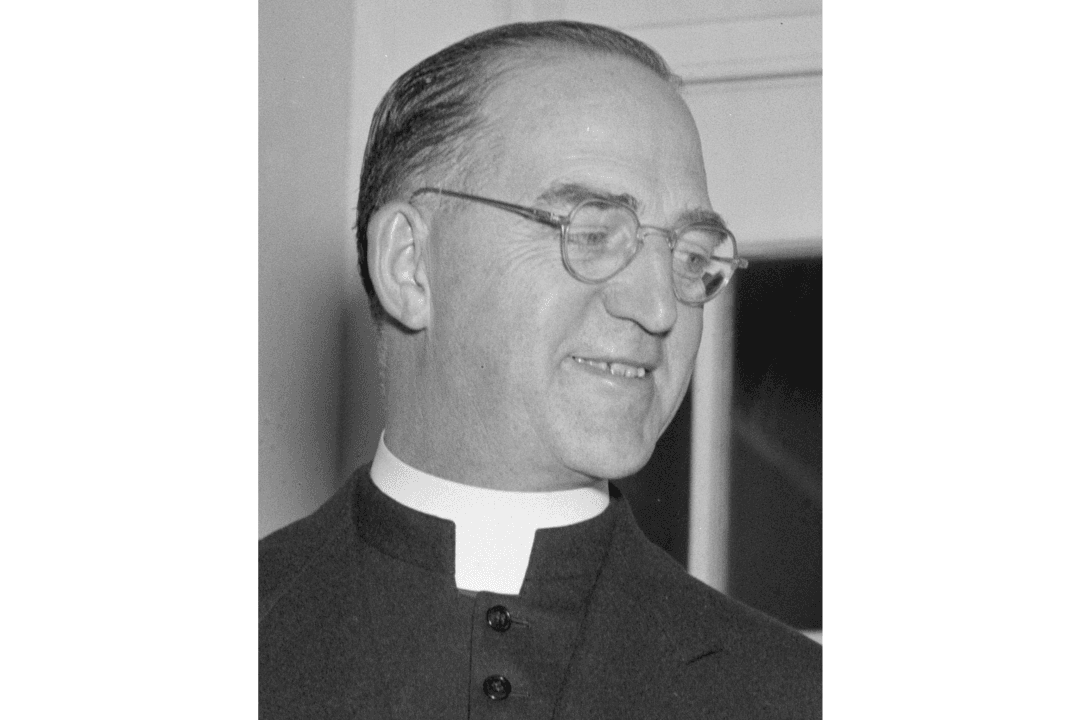In 1886, Edward Flanagan was born in the small village of Ballymoe, Ireland. He was the eighth of 11 children, but he nearly didn’t survive past his first day. It’s believed he was born premature. But whether he was or not, he was a sickly child.
His frail health followed Flanagan all his life, but this physical setback did not restrain his aspirations. He worked the family farm as a boy and had his heart set on becoming a priest.






